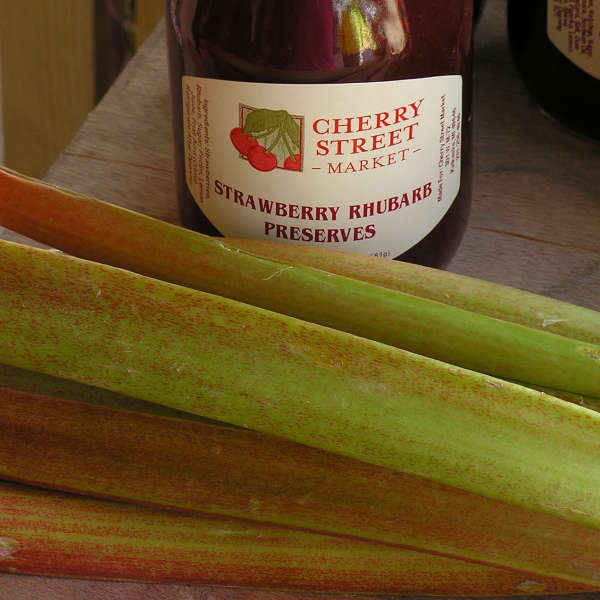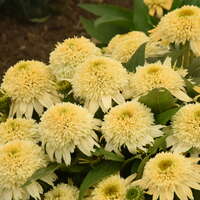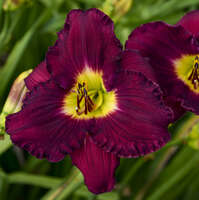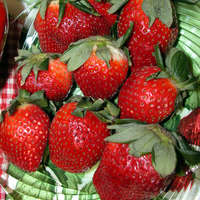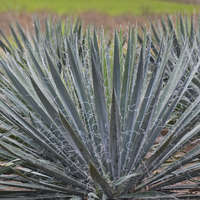Rhubarb grows best in full sun but benefits from some afternoon shade in southern zones. When planting, add generous amounts of organic matter to the soil and space plants about 3 ft. apart. If planted too closely, they will be scrawny and more susceptible to disease. Though this is a low maintenance crop, it still benefits from an occasional deep watering. Do not harvest the stalks until the second growing season. When plants are mature, they may be harvested from spring to early summer (about 8 weeks), making sure to remove no more than half of the new growth. Rhubarb typically produces fruit for 8-15 years.
The leaves are not edible and are poisonous. Established clumps need to be trimmed back to 4 or 5 buds every 4-5 years. This helps the stalks stay thick. Plants can also be divided at this time. If you encounter rot at the crown, destroy the plant. Rhubarb requires winter dormancy to survive. In areas with mild winters, they may die. Winter mulch is recommended in the north.
